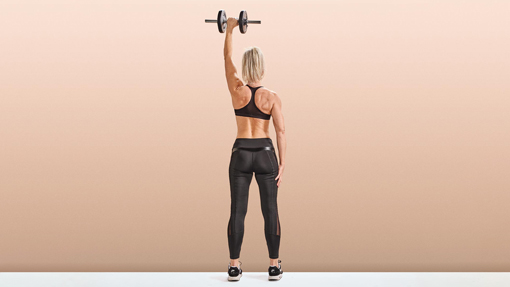Personal training is great if you want one-on-one help achieving your physical goals. Trainers are great motivators for helping you complete any exercise. They may even yell at you to GIVE IT YOUR ALL!!!!! They’ll likely count your reps too.
What is it you want or need?
Are you someone who likes to be held accountable for, checked on, and rewarded for specific actions? For some, personal training offers an essential carrot or a stick, helping to keep up momentum and motivation. Perhaps you’ve got an urgent goal that needs to be attained (e.g. improved performance for a sporting event, or a dress you need to fit for a wedding). For certain people, personal training is about learning – learning more about their bodies; learning about how their regular habits have led to their current physical state, and learning what it’s going to take to change it for the better over the long haul. It might a posture issue, an injury, or simply a desire to change the shape and tone of the body. These latter clients really interest me. I love being able to educate the people I work with so that they’re empowered by this knowledge. When they understand why they’re doing something, it’s easier for them to commit and maintain motivation, without me yelling at them or cajoling them. And it means they don’t have to engage my services forever; they take away the tools they need to manage their bodies moving forward.
The key is in the detail
Whoever your coach, they should be dedicated to perfection in movement. This means having an eye for the detail in everything you do. Adjusting a position by just an inch, can make the difference between activating one muscle group or another so you’ll want to work with someone who understands the importance of this. If you’re going to put energy and time into training, every minute should count. Every muscle fibre should be recruited; every move should be meaningful. Thought is required throughout the session. Both parties need to be awake to the quality of movement; aware of the compensations made for any lack of strength; and cognisant of what it is the exercise is trying to achieve.
The personal training assessment
Also, beginning the process should entail some sort of physical assessment. This helps the coach understand where your physical imbalances lie. This is important because finding balance is the ultimate functional movement goal. When muscles fire at the right time and in the right sequence, you’re looking at a body that will move efficiently, without limitations, and with great posture. The assessment should feature a couple of key areas.
The first is movement patterns that reflect the health of your pelvic and shoulder stabilisers. These muscles keep the joints supported and working optimally. They need strength to support all your movements, without transferring unneeded load to soft tissue with a different purpose. They’re also vital for keeping good posture and reducing injury risk so it’s really worthwhile putting time and effort into training them.
The second is an investigation into the functionality of your deeper inner unit. Do your deep trunk (spinal) stabilisers engage when you’re moving? Is your spine protected through its range of movement? Does your inner unit (what some refer to as the “core”) automatically switch on when it does its job of transferring forces between the upper and lower body? If not, injury and/or joint limitation is a pretty sure thing.
Ideally, moving forward, you’ll want to train with someone who has an interest in helping clients strengthen the “engine” (trunk and core) of the body. This should always come before the “chassis” (limb) strength. The engine powers the vehicle, after all. Of course you can look like a sports car, but if the engine isn’t a powerful one, you’re not going to go very far or very fast without some problems.
In closing
In summary, I recommend you find a well-educated personal trainer, or strength and conditioning, coach to help with the above. The following questions might be useful in order to understand what level his/her knowledge extends to:
1. What muscles would we work if we did core training? Look out for a list including transversus abdominus, multifidus, obliques and pelvic floor. It would be rare to find someone who also mentions the diaphragm, but one can always hope!
2. Do you know what the Q angle is and how it could potentially influence my training?
3. Do you use machines, free weights, or bodyweight when training clients? Ideally, you want someone who uses either all three (with a minimum of the first), or the latter two.
4. How many reps and sets would we do (by now, he/she should be asking what your physical goals are), what tempo would we use, and what rest periods would you recommend? His/her response should indicate an intimate knowledge of training principles.
